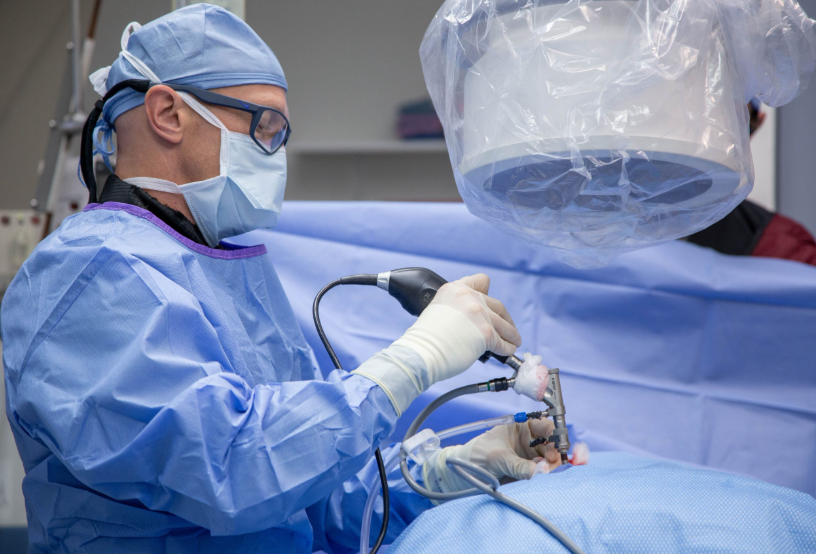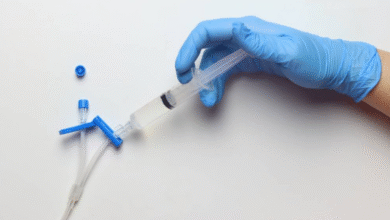Minimally Invasive Spine Surgery: Faster Recovery with Less Risk

In recent years, minimally invasive spine surgery (MISS) has emerged as a groundbreaking approach to treating spinal disorders. Unlike traditional open spine surgery, which often involves large incisions and extensive muscle dissection, MISS is performed through small incisions using advanced imaging and specialized instruments. This innovative technique offers significant advantages for patients, including faster recovery times, reduced postoperative pain, and lower risks of complications.
Understanding Minimally Invasive Spine Surgery
Minimally invasive spine surgery refers to a set of surgical techniques used to treat a range of spinal conditions while minimizing trauma to the muscles and tissues surrounding the spine. This is achieved through smaller incisions—usually less than one inch—and the use of tubular retractors, endoscopes, or microscopes to access the spine with precision.
Common conditions treated using MISS include:
- Herniated discs
- Spinal stenosis
- Degenerative disc disease
- Scoliosis
- Spinal fractures
- Spondylolisthesis
Depending on the condition and the location of the spinal problem, procedures such as discectomy, laminectomy, or spinal fusion can all be performed using minimally invasive techniques.
Advantages of MISS Over Traditional Surgery
The most significant benefit of minimally invasive spine surgery is the reduction in tissue damage. In traditional spine surgery, surgeons often have to cut through large sections of muscle, which can result in more blood loss, increased pain, and longer recovery periods. In contrast, MISS techniques help preserve healthy tissue, allowing for:
- Shorter hospital stays (often outpatient or 1–2 days)
- Faster return to daily activities
- Lower risk of infection
- Minimal scarring
- Reduced need for post-operative pain medications
In many cases, patients are able to resume work and normal activities within weeks, rather than months, as with traditional procedures.
The Role of Technology
Advancements in medical technology have played a crucial role in the success of MISS. Surgeons rely on intraoperative imaging, real-time navigation systems, and robotic-assisted tools to achieve exceptional precision and accuracy. These tools allow for smaller incisions while maintaining a high level of control and visibility during surgery.
For example, robotic-assisted spine surgery can enhance the surgeon’s ability to place implants and screws with near-perfect accuracy, reducing the risk of misplacement and complications. Similarly, fluoroscopy and 3D imaging offer detailed visualizations of the spine, guiding surgeons through complex anatomical structures with confidence.
See also: Financial Planning for Business Leaders 3512476526
Is Minimally Invasive Surgery Right for Everyone?
While MISS is a powerful tool in modern spine care, it may not be suitable for every patient or every condition. Patients with complex spinal deformities, severe trauma, or widespread degenerative disease may still require traditional open surgery. The decision depends on various factors, including:
- The specific spinal condition being treated
- The patient’s overall health
- Previous spine surgeries or anatomical abnormalities
- The surgeon’s experience and available technology
Consulting with a spine specialist is essential to determine whether minimally invasive surgery is the right option for an individual case. A thorough evaluation, including imaging tests like MRI or CT scans, will help identify the best treatment approach.
Recovery and Postoperative Care
Recovery from minimally invasive spine surgery is generally quicker and more comfortable than open surgery. Most patients experience less pain, fewer complications, and earlier mobilization. However, rehabilitation still plays an important role in long-term success. Physical therapy may be recommended to:
- Strengthen core muscles
- Improve flexibility
- Enhance posture and spine alignment
- Prevent future spine issues
By following a tailored recovery plan and attending regular follow-ups, patients can maximize the benefits of MISS and enjoy a healthier, pain-free lifestyle.
Final Thoughts
Minimally invasive spine surgery represents a significant leap forward in spinal care. With its promise of less pain, fewer risks, and quicker recovery, it has become the preferred choice for many patients and surgeons alike. If you’re struggling with a spine condition and seeking a solution that minimizes disruption to your life, MISS may be the answer. Speak with a qualified spine specialist to explore whether this modern surgical option is right for you.




